Wood Shingle Roof Repair Benefits
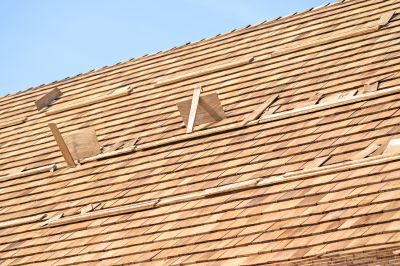
Spring is ideal for roof repairs due to moderate temperatures and increased daylight.
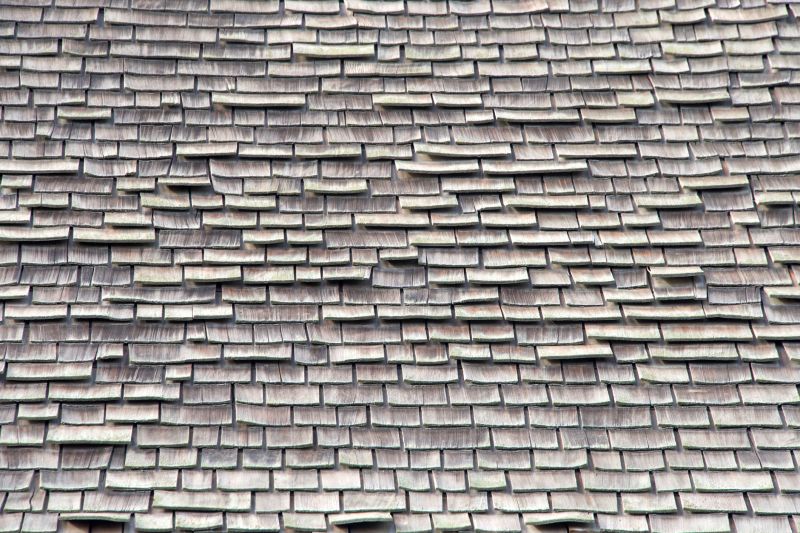
Summer offers dry weather, reducing the risk of delays caused by rain or snow.

Fall is suitable for repairs to prepare roofs for winter, avoiding harsh weather conditions.
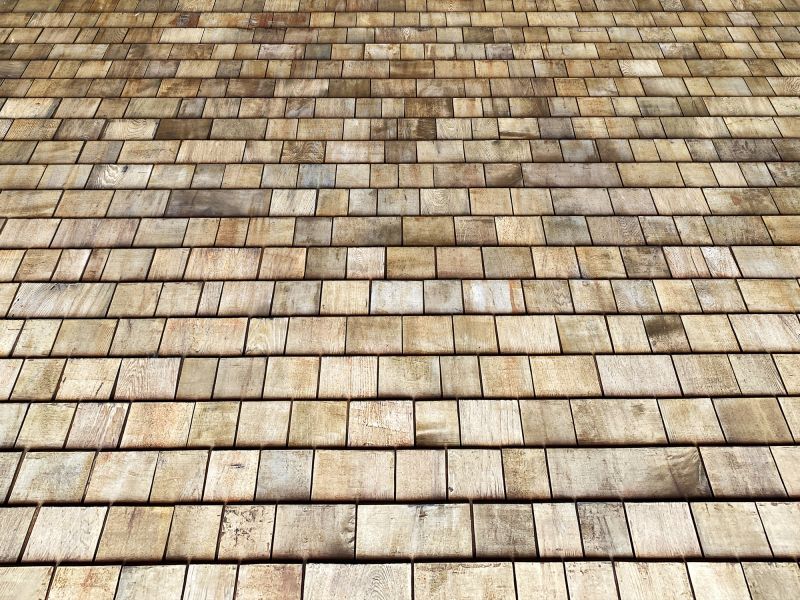
Ways to make Wood Shingle Roof Repairs work in tight or awkward layouts.
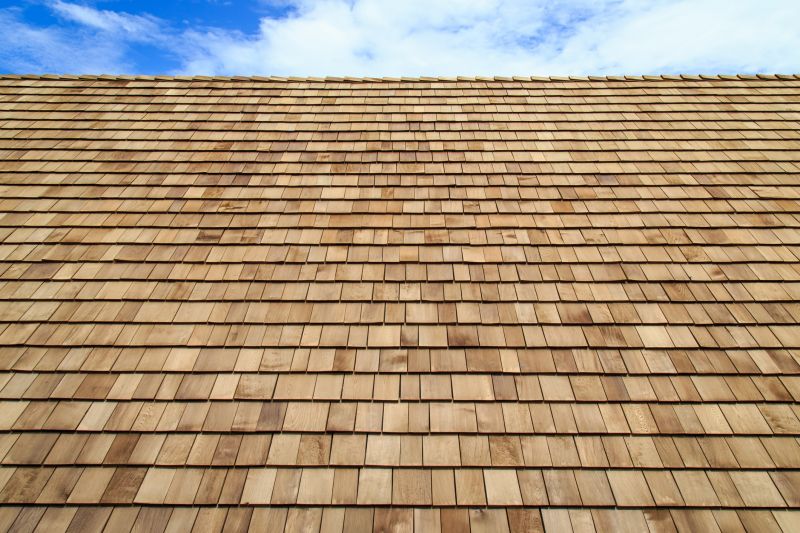
Popular materials for Wood Shingle Roof Repairs and why they hold up over time.
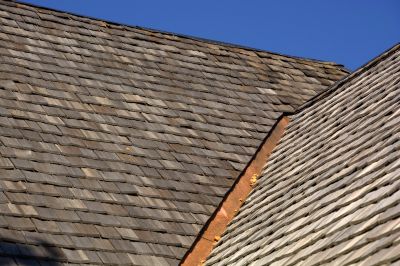
Simple add-ons that improve Wood Shingle Roof Repairs without blowing the budget.
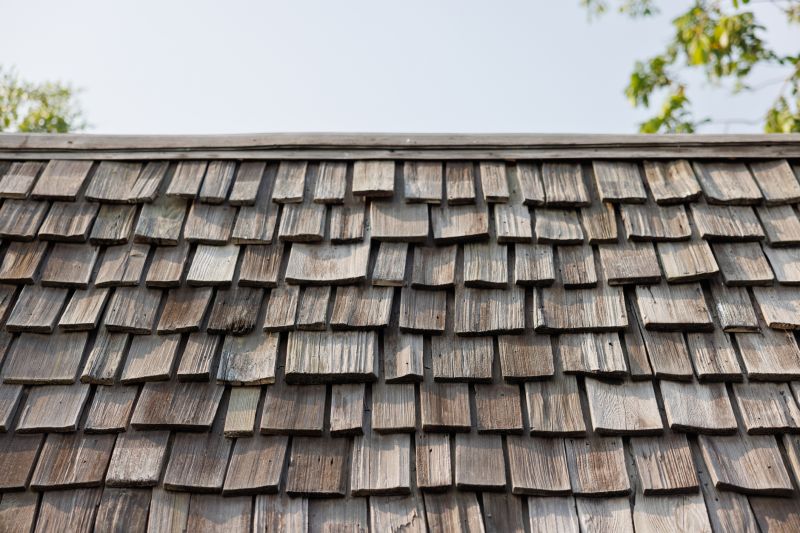
High-end options that actually feel worth it for Wood Shingle Roof Repairs.
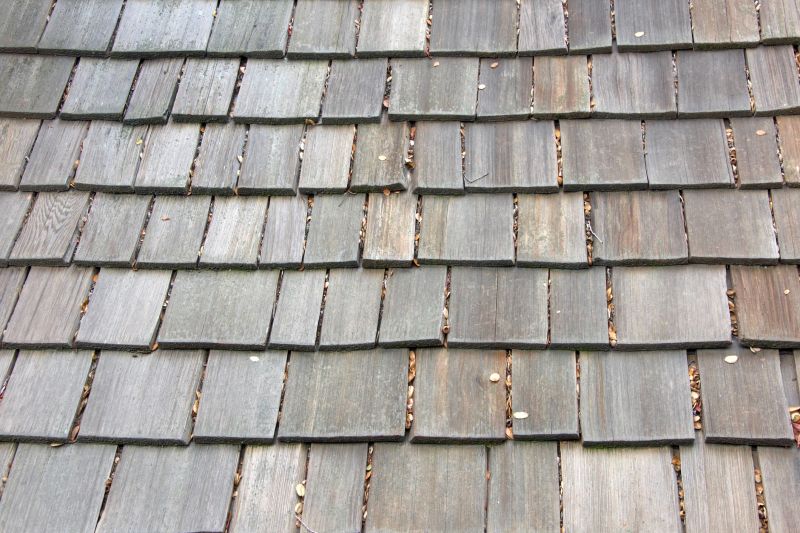
Finishes and colors that play nicely with Wood Shingle Roof Repairs.
Wood shingle roof repairs are essential for maintaining the integrity and appearance of a roofing system. Proper upkeep can extend the lifespan of shingles, which typically last between 20 to 40 years. Regular inspections help identify issues such as cracked or broken shingles, rot, and insect damage. Addressing these problems promptly can prevent leaks and structural damage. Weather conditions significantly influence repair timing; dry, mild weather minimizes complications and ensures safety during work. Statistics show that scheduling repairs during optimal seasons can reduce costs by up to 15% due to fewer weather-related delays.
Cracked, curling, or missing shingles indicate the need for repairs.
Early intervention prevents water intrusion and structural issues.
Rain and snow can delay repairs and worsen existing damage.
Choosing appropriate repair materials ensures durability and compatibility.
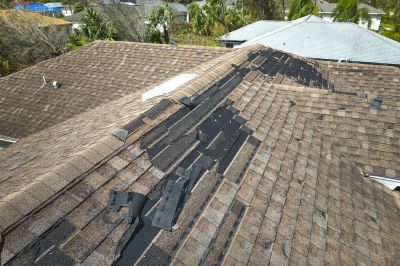
Replacing cracked or missing shingles to restore roof integrity.
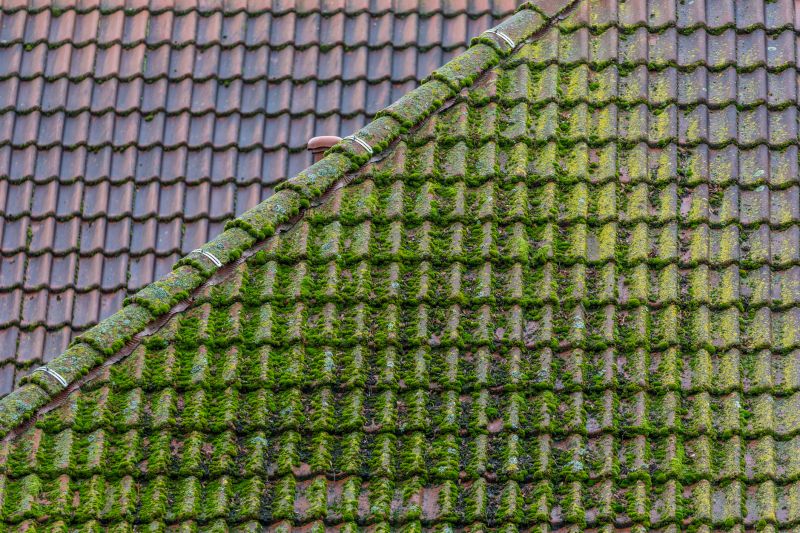
Removing debris and moss to prevent moisture retention.
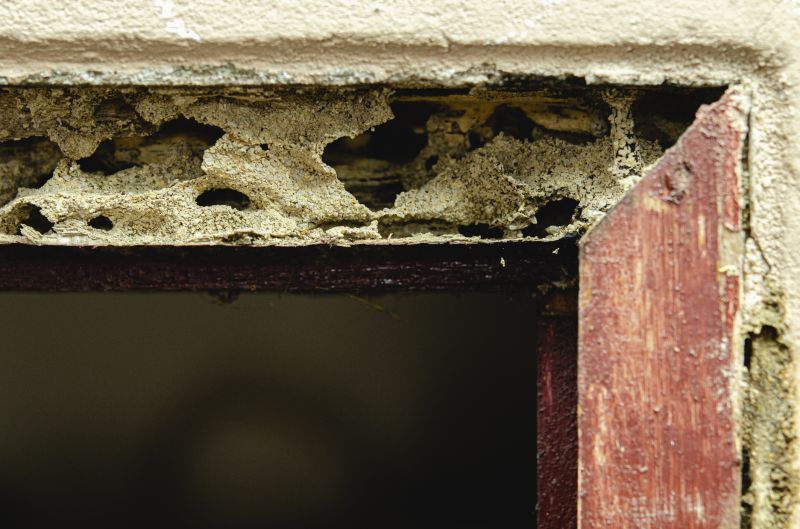
Checking for wood rot caused by prolonged moisture exposure.

Addressing damage from wood-boring insects to prevent further deterioration.
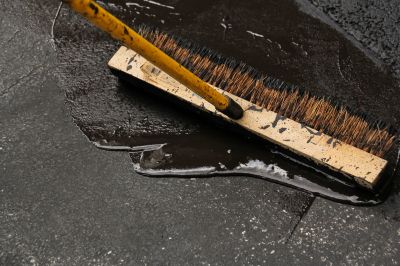
Using protective coatings to extend shingle lifespan.

Strengthening underlying roof structures if needed.
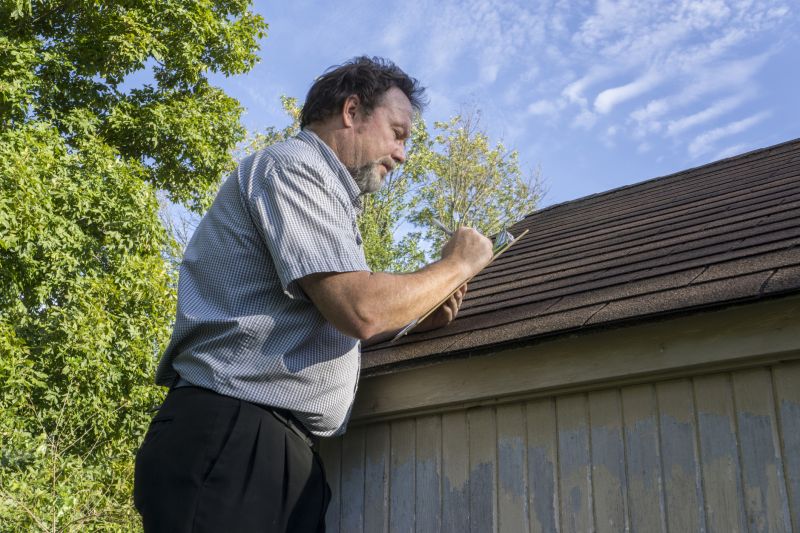
Engaging experts for comprehensive assessments.
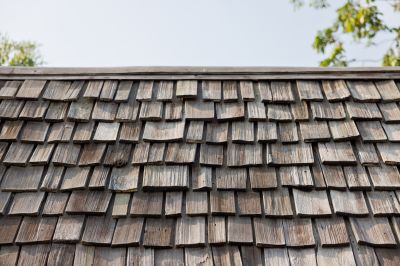
Ensuring the roof is sealed against moisture intrusion.
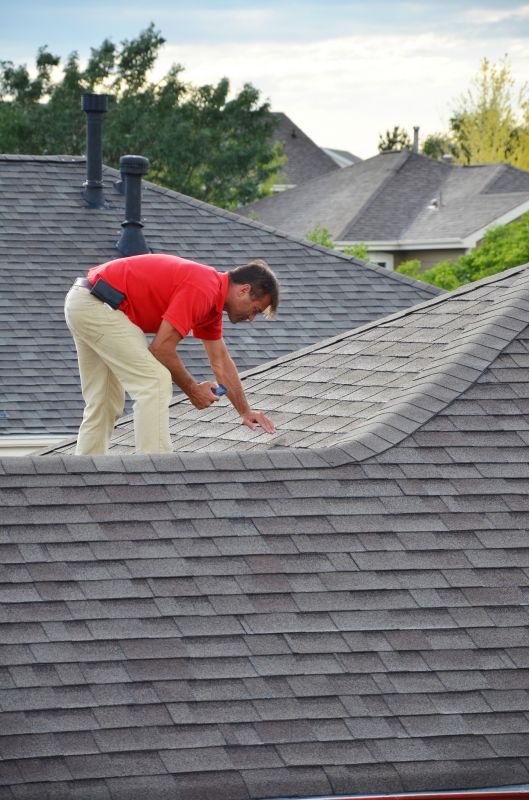
Verifying repairs and ensuring roof durability.
| Season | Best Repair Conditions |
|---|---|
| Spring | Moderate temperatures and increased daylight |
| Summer | Dry weather and long daylight hours |
| Fall | Pre-winter repairs to prevent cold weather damage |
| Winter | Not recommended due to snow and cold temperatures |
| Late Fall | Ideal for preparing roofs for winter |
Timely repairs of wood shingle roofs help maintain their structural integrity and aesthetic appeal. Proper planning of repair schedules according to seasonal conditions can minimize disruption and extend the lifespan of the roofing system. Regular maintenance and inspections are vital for early detection of issues, reducing the risk of costly repairs later. Weather considerations play a crucial role; dry, mild periods are optimal for repair work, while extreme cold or wet conditions can hinder progress and compromise repair quality.

Replacing damaged shingles to prevent leaks.
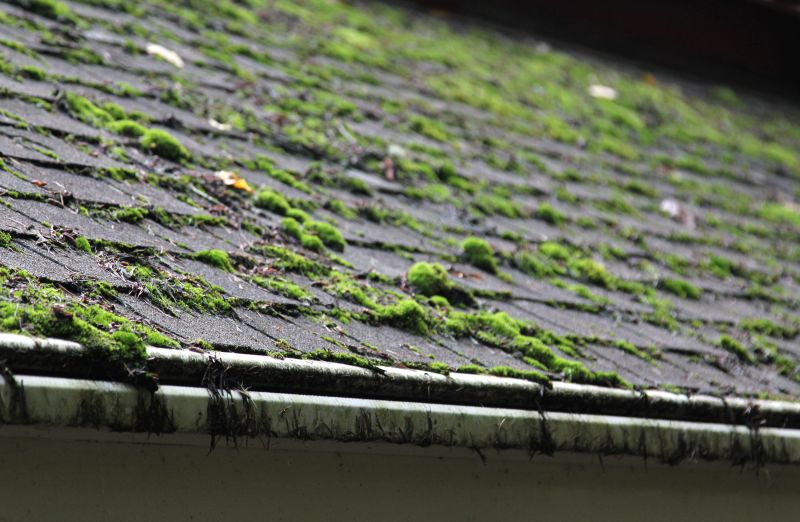
Removing moss and debris to prevent moisture buildup.
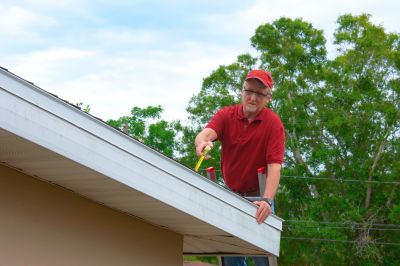
Addressing pest-related deterioration.
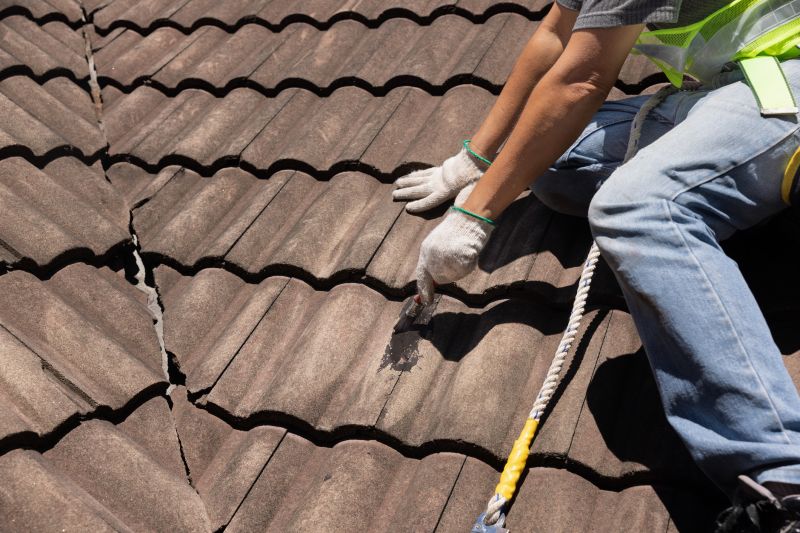
Applying protective coatings for longevity.

A 60-second routine that keeps Wood Shingle Roof Repairs looking new.

A frequent mistake in Wood Shingle Roof Repairs and how to dodge it.
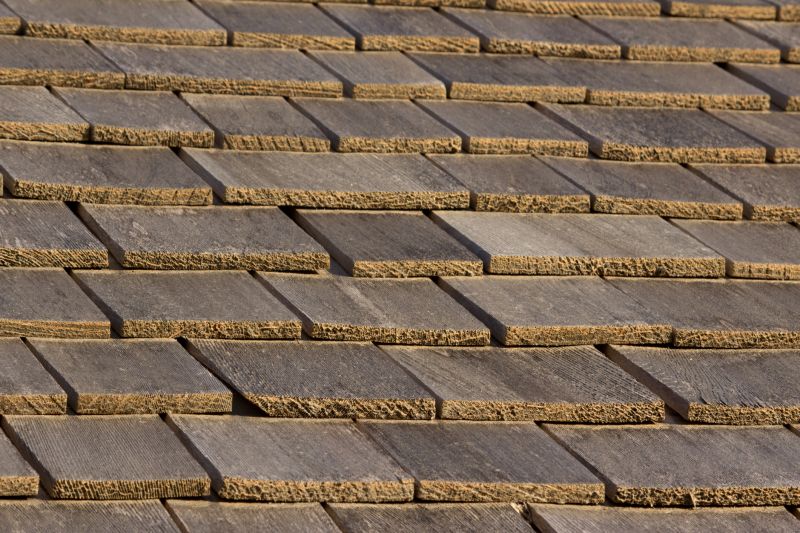
Small tweaks to make Wood Shingle Roof Repairs safer and easier to use.

Lower-waste or water-saving choices for Wood Shingle Roof Repairs.
Interested in wood shingle roof repairs? Filling out the contact form can provide access to professional assessments and tailored repair solutions. Proper timing and maintenance can significantly extend the life of a wood shingle roof, ensuring durability and appearance over time.
